Cottonmouth
- December 6, 2023
- 0 comment
“Cottonmouth,” in the context of wildlife, commonly refers to the Water Moccasin (Agkistrodon piscivorus), a venomous snake found in the southeastern United States. Recognizable by its dark coloring, broad head, and distinctive white lining inside its mouth, the Water Moccasin has earned the nickname “cottonmouth” due to this conspicuous oral display.

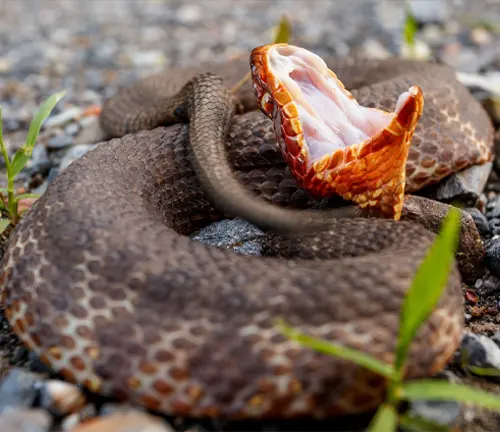
Typically inhabiting aquatic environments such as swamps, rivers, and marshes, these snakes are excellent swimmers. While generally shy and non-aggressive, Water Moccasins can become defensive when threatened, displaying their cottonmouth as a warning signal. Despite their venomous nature, bites are relatively rare, and fatalities are uncommon with prompt medical attention.
Understanding the habits and habitats of Water Moccasins is crucial for individuals residing in regions where these snakes are prevalent, as it allows for peaceful coexistence and promotes safety in snake-prone environments.
| Characteristic | Description |
|---|---|
| Scientific Name | Agkistrodon piscivorus |
| Common Name | Cottonmouth, Water Moccasin |
| Venomous | Yes |
| Habitat | Swamps, marshes, rivers, and other aquatic environments |
| Geographic Range | Southeastern United States |
| Physical Features | Dark coloring, broad head, heat-sensitive pits |
| Distinctive Marking | White lining inside the mouth (cottonmouth) |
| Behavior | Generally shy, can be aggressive when threatened |
| Swimming Ability | Excellent swimmers, often found near water |
| Venom | Hemotoxic, with symptoms ranging from mild to severe |
| Bite Incidence | Relatively rare, fatalities uncommon with prompt medical attention |
| Conservation Status | Not listed as endangered or threatened |
Botanical Beauty of “Cottonmouth (Water Moccasin)”
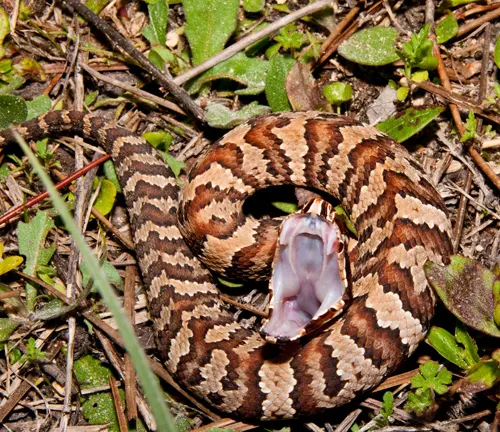
The Cottonmouth, also known as the Water Moccasin, may not be the first creature that comes to mind when discussing botanical beauty, but a closer look reveals a certain elegance in its design. From its sleek, dark scales to the striking white lining in its mouth, the Cottonmouth possesses a unique aesthetic that captivates those who appreciate the diverse forms of nature. Examining the botanical aspects of this often misunderstood snake unveils a surprising and overlooked side to its existence.
Venomous or Not Venomous?
Dispelling misconceptions, this segment navigates the realm of the Cottonmouth’s venom. Often mistaken for being purely venomous, a closer examination reveals the nuances of its capabilities. Understanding the role of venom in the snake’s survival and its potential impact on humans provides a more informed perspective, challenging common assumptions about this reptile and its place in the natural order.
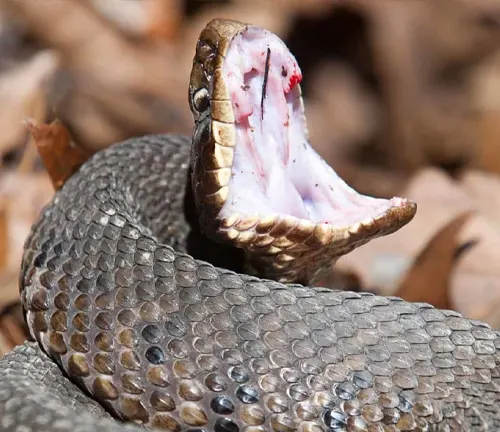
Ecological Importance
In the intricate web of ecosystems, the Cottonmouth plays a vital role. As a predator, it contributes to the delicate balance of species, helping regulate populations and maintain biodiversity. This article delves into the ecological importance of the Cottonmouth, shedding light on its interactions with other species and emphasizing the significance of preserving its role within the larger environmental picture.
Habitat and Behavior
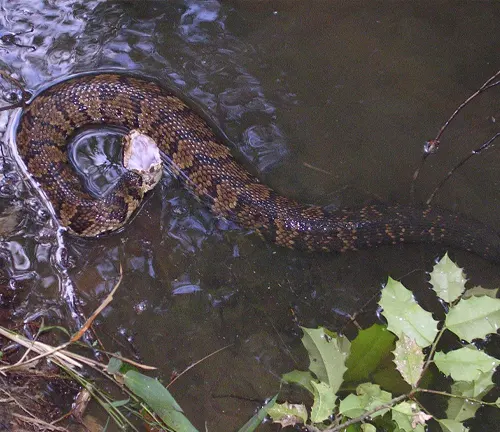
Exploring the natural habitat and behavior of the Cottonmouth offers insights into its daily life. Found in watery environments like swamps and rivers, these snakes are not only inhabitants but integral components of their ecosystems. Examining their behavior, from hunting techniques to reproductive strategies, unravels the adaptability and resilience that characterize this species in its natural environment.
Art And Culture
Beyond the scientific realm, the Cottonmouth has left an imprint on human culture and artistic expressions. From ancient myths to contemporary representations, this article explores the various ways in which the snake has been portrayed and symbolized throughout history. Understanding the artistic and cultural significance of the Cottonmouth adds depth to our perception of this enigmatic creature.
Survival
Survival in the wild is a constant challenge, and the Cottonmouth has evolved unique strategies to thrive. Unraveling these survival mechanisms, from camouflaging techniques to specific adaptations, provides a glimpse into the marvels of evolutionary biology. Appreciating the resilience of the Cottonmouth paints a fuller picture of its ability to navigate the dynamic and often harsh conditions of its environment.
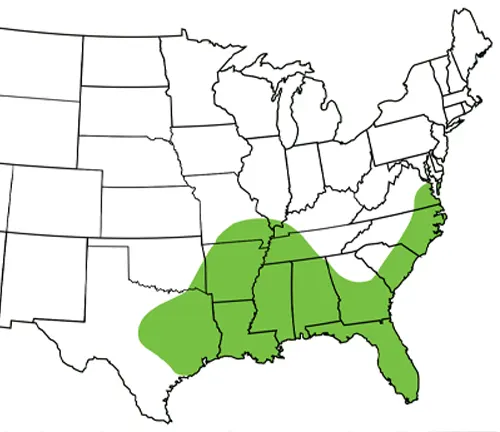
Conservation
As human activities increasingly encroach on natural habitats, the conservation of the Cottonmouth becomes paramount. This article examines the challenges faced by these snakes, such as habitat loss and human interference, emphasizing the need for conservation efforts. Exploring ongoing initiatives and potential measures offers insights into how we can contribute to the preservation of this species and its critical role in the ecosystem.
Common Food
A glance into the dietary habits of the Cottonmouth reveals a varied menu. From fish to amphibians, small mammals, and birds, the snake’s adaptability as a predator showcases its ecological flexibility. Understanding the common food sources of the Cottonmouth contributes to a holistic view of its role in maintaining the balance of its respective ecosystems.
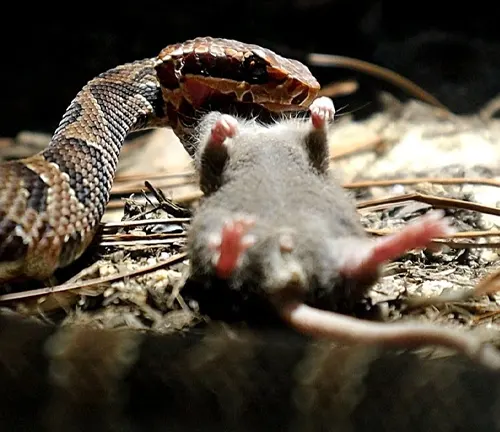
Benefits
Beneath the feared reputation, the Cottonmouth provides ecological benefits to its habitat and indirectly to humans. As a predator, it aids in controlling populations of potential pests, contributing to the overall health of ecosystems. This article explores the ecological benefits of the Cottonmouth, fostering a greater appreciation for its role in maintaining the equilibrium of the natural world.
Different Species
Eastern Cottonmouth
(Agkistrodon piscivorus piscivorus)
This is the most widely known and recognized species, found in the southeastern United States. It inhabits aquatic environments like swamps, marshes, and slow-moving rivers.
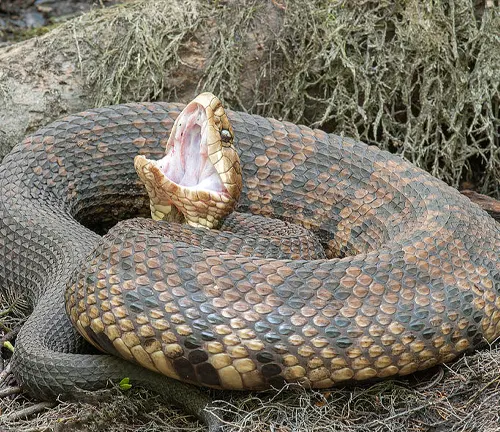
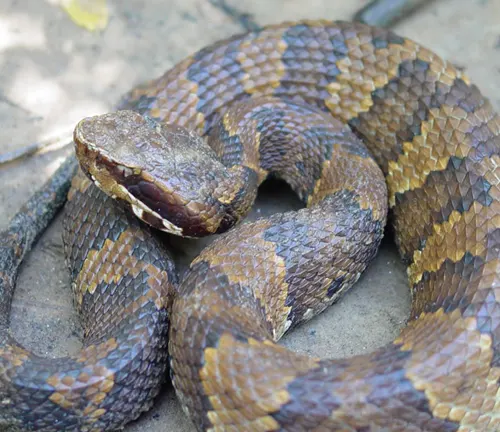
Western Cottonmouth
(Agkistrodon piscivorus leucostoma)
Found in parts of eastern Texas and into adjacent states, the Western Cottonmouth is a subspecies that shares many characteristics with the Eastern Cottonmouth.
Florida Cottonmouth
(Agkistrodon piscivorus conanti)
Restricted to the Florida peninsula, this subspecies is recognized for its distinct coloration and patterns. It is sometimes considered a separate species, Agkistrodon conanti.
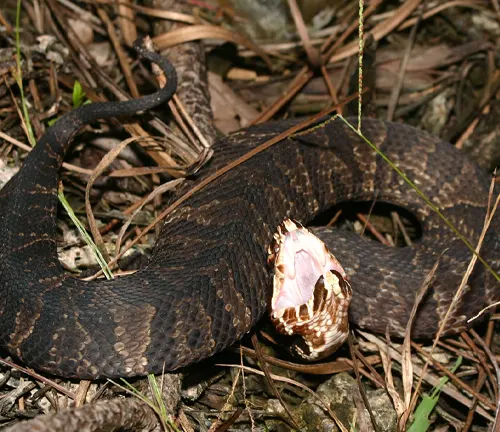
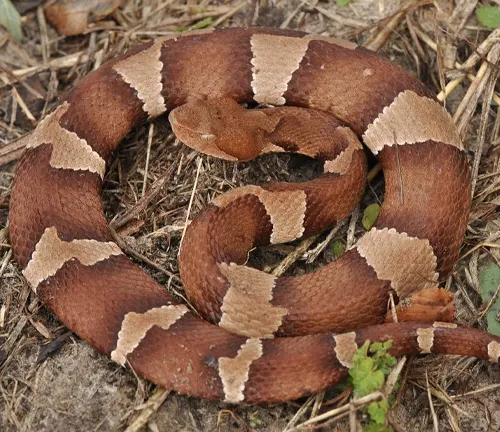
Broad-banded Copperhead
(Agkistrodon laticinctus)
While not a Cottonmouth, the Broad-banded Copperhead is closely related and belongs to the same Agkistrodon genus. It is found in parts of Texas and northern Mexico.
Frequently Asked Questions (FAQs)
- What is a Cottonmouth (Water Moccasin)?
The Cottonmouth, scientifically known as Agkistrodon piscivorus, is a venomous snake found in the southeastern United States. It is often referred to as a Water Moccasin due to its association with aquatic habitats. - How can I identify a Cottonmouth?
Cottonmouths are typically dark-colored snakes with a distinctive white lining inside their mouths, which they expose as a defensive display. They have a heavy body, and a broad head, and are semi-aquatic, commonly found in swamps, marshes, and rivers. - Are Cottonmouths venomous?
Yes, Cottonmouths are venomous. They possess hemotoxic venom, which affects blood clotting and can cause tissue damage. While their bites can be serious, fatalities are rare, and prompt medical attention is crucial. - Is a Cottonmouth the same as a Water Moccasin?
Yes, the terms “Cottonmouth” and “Water Moccasin” are often used interchangeably to refer to the same species, Agkistrodon piscivorus. - What is the range of Cottonmouths?
Cottonmouths are primarily found in the southeastern United States, ranging from Virginia to Florida and west to Texas. They inhabit wetland areas such as swamps, marshes, and slow-moving bodies of water. - Are Cottonmouths aggressive?
Cottonmouths are generally shy and prefer to avoid confrontations. However, they can become aggressive and defensive when threatened. It’s important to give them space and avoid provoking them. - How dangerous is a Cottonmouth bite?
While a Cottonmouth bite can be painful and cause local tissue damage, fatalities are rare. Immediate medical attention is essential to manage symptoms and administer antivenom if necessary. - What do Cottonmouths eat?
Cottonmouths are opportunistic feeders and primarily consume fish. They also eat amphibians, small mammals, and birds. Their diet reflects their semi-aquatic habitat. - Can Cottonmouths swim?
Yes, Cottonmouths are excellent swimmers. They are often found in and around bodies of water, where they hunt for prey and use their swimming abilities for both hunting and escaping threats. - How can I avoid Cottonmouth encounters?
To reduce the risk of encounters, stay alert in snake-prone areas, especially near water. Wear appropriate footwear, avoid reaching into areas where snakes may be hidden, and be cautious when stepping over logs or rocks.



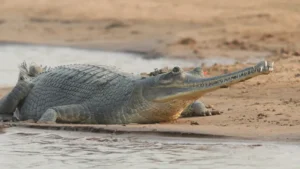
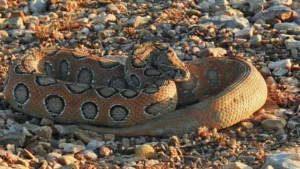
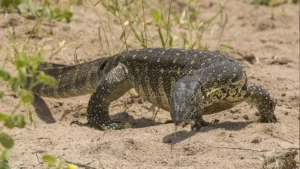


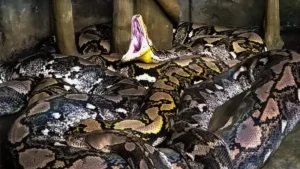
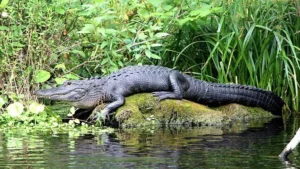



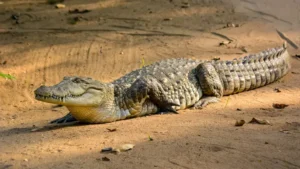
Leave your comment